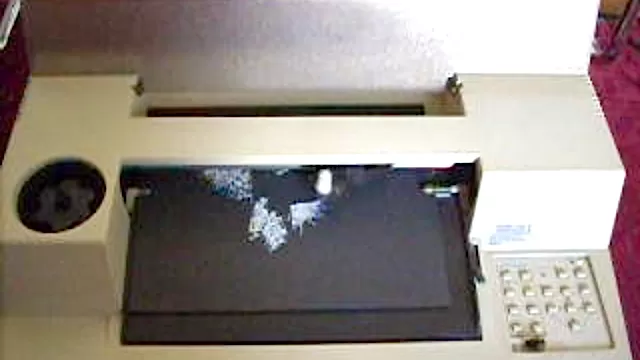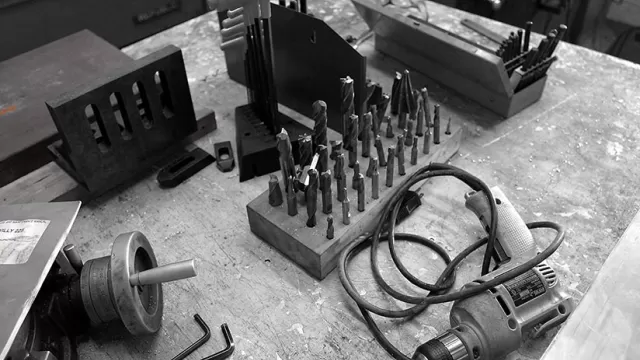Working in software has made me particularly interested in the fetishization of the artist's hand. That is why a drawing machine is a particularly attractive output device. It mediates the gesture of the hand drawn and the machinic world of software which is most often present to us now as the bloodless surface of a screen.

